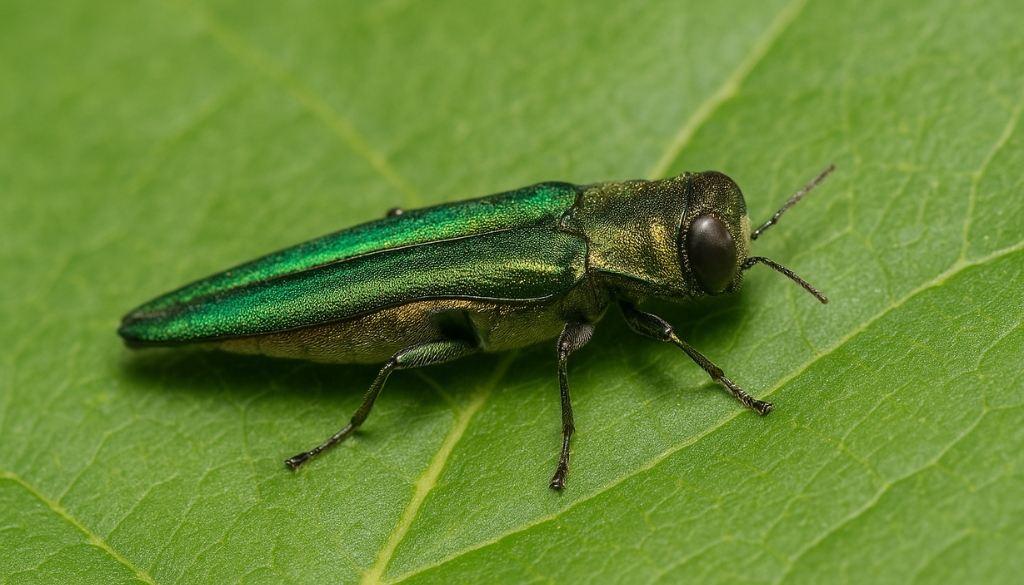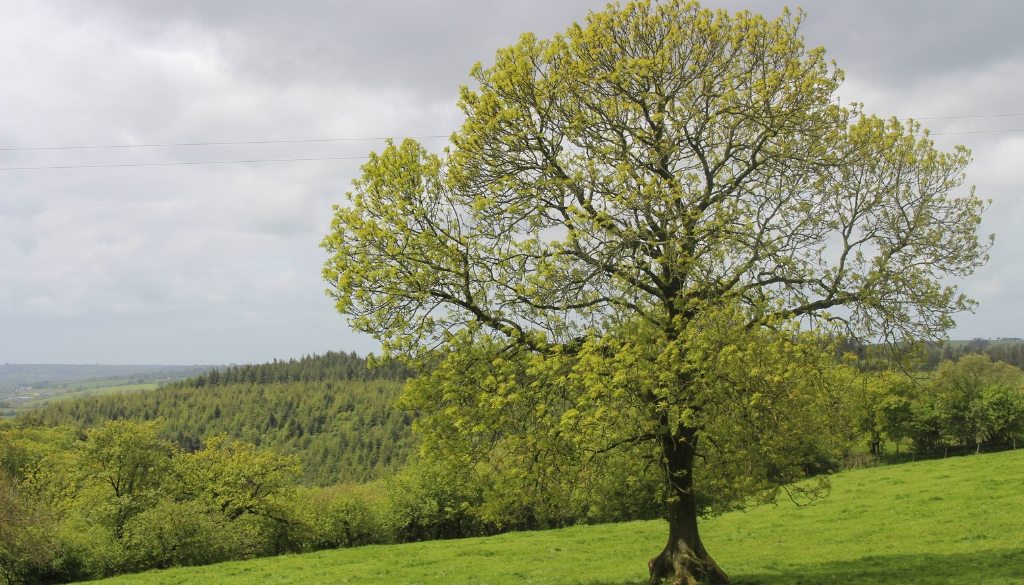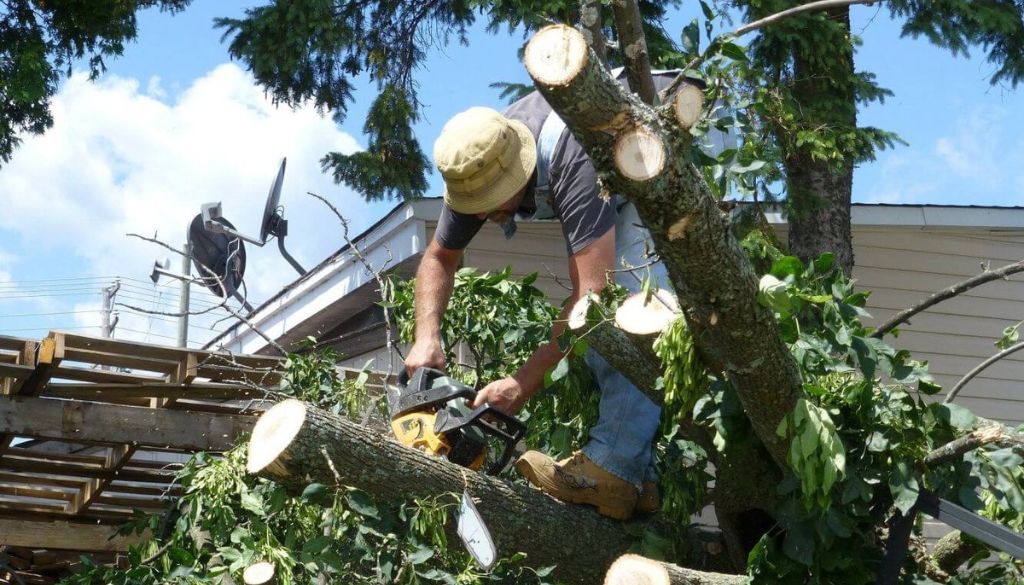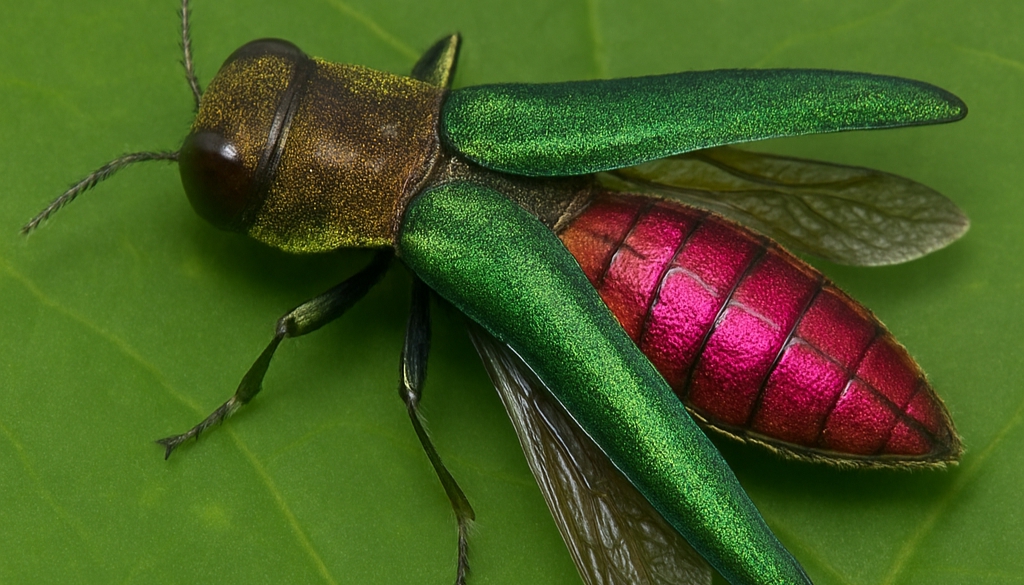Have you been noticing thinning leaves or strange holes in the bark of your tree? You might be dealing with an emerald ash borer infestation. This tiny insect has caused massive damage across North America, especially in places like New York.
An emerald ash borer infestation moves fast. Without early detection and proper treatment, most affected trees don’t survive. In cases where the damage is too far along, professional help may be needed to safely cut your tree down and prevent the infestation from spreading to others nearby.
Here’s what you need to know about these pests and what you can do to prevent or get rid of them for good.
What is an Emerald Ash Borer (EAB)?
Appearance
The emerald ash borer (often shortened to EAB) is a small, metallic green beetle that’s native to Asia. It’s classified as a type of jewel beetle. Adult beetles are about ½ inch long and ⅛ inch wide, roughly the size of a cooked grain of rice. Their bodies have a bright, shiny green color that can look almost iridescent in the sunlight, with a coppery or purplish-red abdomen that’s visible when the wings are spread. Despite their striking look, they can be hard to spot because they blend in with foliage and tree bark.
History
Emerald ash borers first appeared in the United States in 2002, and officials confirmed their presence in New York by 2009. Since then, it has caused devastating damage to ash trees across the state and beyond, killing tens of millions of trees in North America and continuing to spread each year.
To give you an idea of how serious it is: Emerald ash borers have killed tens of millions of ash trees in North America. It does this by laying eggs on the bark of ash trees. Once the larvae hatch, they burrow underneath the bark and feed on the tissue that helps move water and nutrients throughout the tree. Over time, this feeding disrupts the tree’s internal systems and causes it to die.

What Attracts EABs to Ash Trees?
Emerald ash borers specifically target ash trees (as the name suggests), that’s the only kind of tree they infest. They’re drawn to certain signals, especially stressed or weakened trees. Things like drought, compacted soil, or physical damage can make a tree more attractive to emerald ash borers.
Freshly cut ash wood, tree wounds, and even the scent of certain chemicals in the bark can also lure these beetles. And unfortunately, once they find one ash tree, nearby ones become easy targets too.

How To Spot EAB
Catching an emerald ash borer infestation early makes all the difference. Here are the most common signs to look for:
- D-shaped holes in the bark (where adult beetles exit the tree)
- Thinning leaves or leaf dieback starting from the top down
- Suckers or shoots growing from the base of the tree
- Bark splitting and loose bark patches
- Woodpecker activity (they love eating larvae, so extra pecking is a red flag, but good on them for getting rid of these pests!)
If you spot any of these signs, especially on multiple ash trees in your area, it’s time to act fast.
What Can I Do To Treat EAB?
Yes, in many cases, you can treat a tree with an emerald ash borer infestation, especially if you catch the damage early. Here are three methods we recommend:
1. Soil Injection Treatments
This method involves injecting insecticide into the soil around the base of the tree. The roots absorb the treatment and carry it up through the tree’s system. The treatment works best on younger or healthier trees and is most effective before the infestation becomes severe.
It’s best to apply soil treatments in spring and repeat them every year or two, depending on the product used.
2. Trunk Injection Treatments
Trunk injections directly treat your tree. Arborists inject small amounts of insecticide straight into the tree’s trunk, targeting the treatment exactly where it’s needed. It’s especially helpful when a tree already shows signs of damage from an emerald ash borer infestation and you need to give your tree instant relief.
These injections can last up to two years and are often the go-to choice for larger or mature ash trees.
3. Maintenance & Inspections
Even with treatment, regular tree maintenance is key. You should inspect your tree once or twice a year to check for new signs of stress, pest activity, or other problems that might weaken the tree further.
Mulching, proper watering, and avoiding damage to the bark can also go a long way in helping your ash tree stay strong and resist future infestations.

Say Bye to EAB
Emerald ash borer infestations pose a serious threat, but they don’t always doom a tree. If you suspect your tree is affected, have it checked as soon as possible. Waiting too long makes treatment much harder or even impossible. Being proactive now could give your tree many more healthy years ahead!

